top of page
Promotion
The team has conducted several projects in Ningbo city (the hometown of Mi-se porcelain), aiming to promote Mi-se porcelain culture.


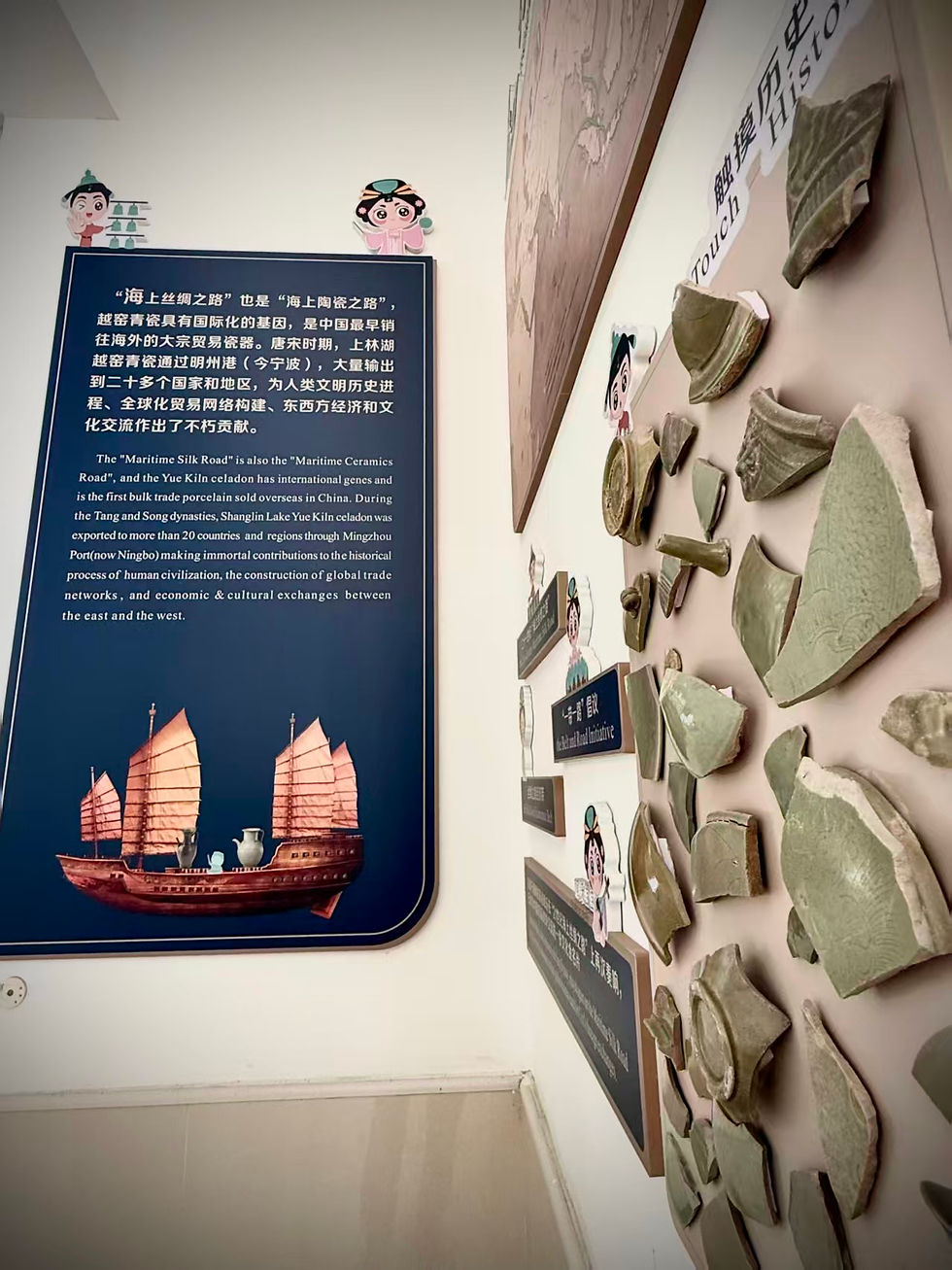



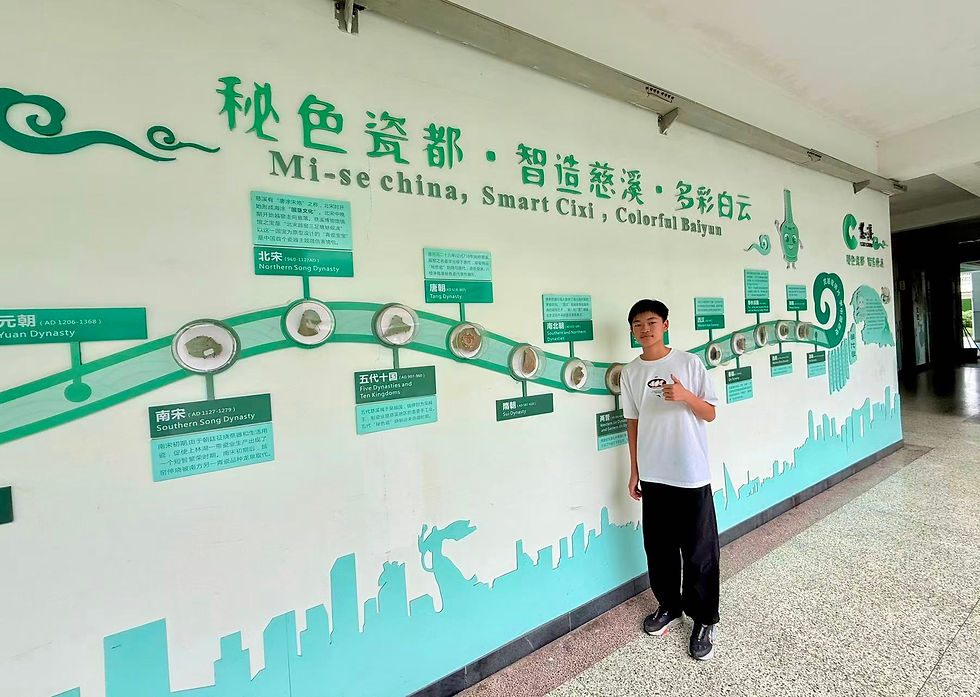


1/1
Educational Corridor
Located in Cixi Wenjin Academy, this campus celadon culture corridor centers on the theme of "Maritime Silk Road". With a total length of 21 meters, it consists of three exhibition areas: "Historical Context Stretching Across the Four Seas", "Maritime Silk Road Traveling Across the World", and "Ancient Heritage Treasures by the Tide Pond and River".
It displays Yue kiln celadon specimens, export route maps and relevant national flags. More ingeniously, based on the sea wave pattern of Yue kiln in the Northern Song Dynasty, it presents the maps of 21 countries where Yue kiln celadon has been unearthed, highlighting the integrated aesthetic image of maritime civilization and celadon culture.
Museum Docent
Michelle conducts weekly museum tours, introducing visitors to Yue Celadon’s historical development, production techniques, and trade routes across Europe and East Asia. During her tours, she has consciously refined her presentation style—shifting from simply repeating exhibit texts to crafting logical, engaging narratives that tell the story of celadon. This approach enhances visitor understanding and interest, while allowing her to develop stronger communication and storytelling skills in an educational and cultural context.



1/1
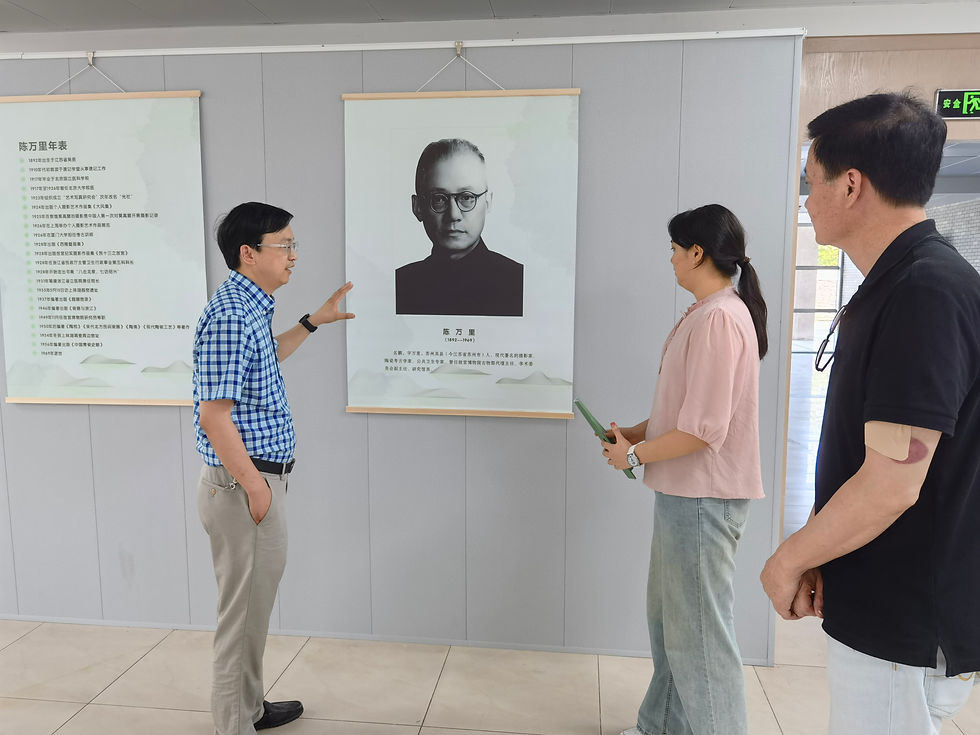
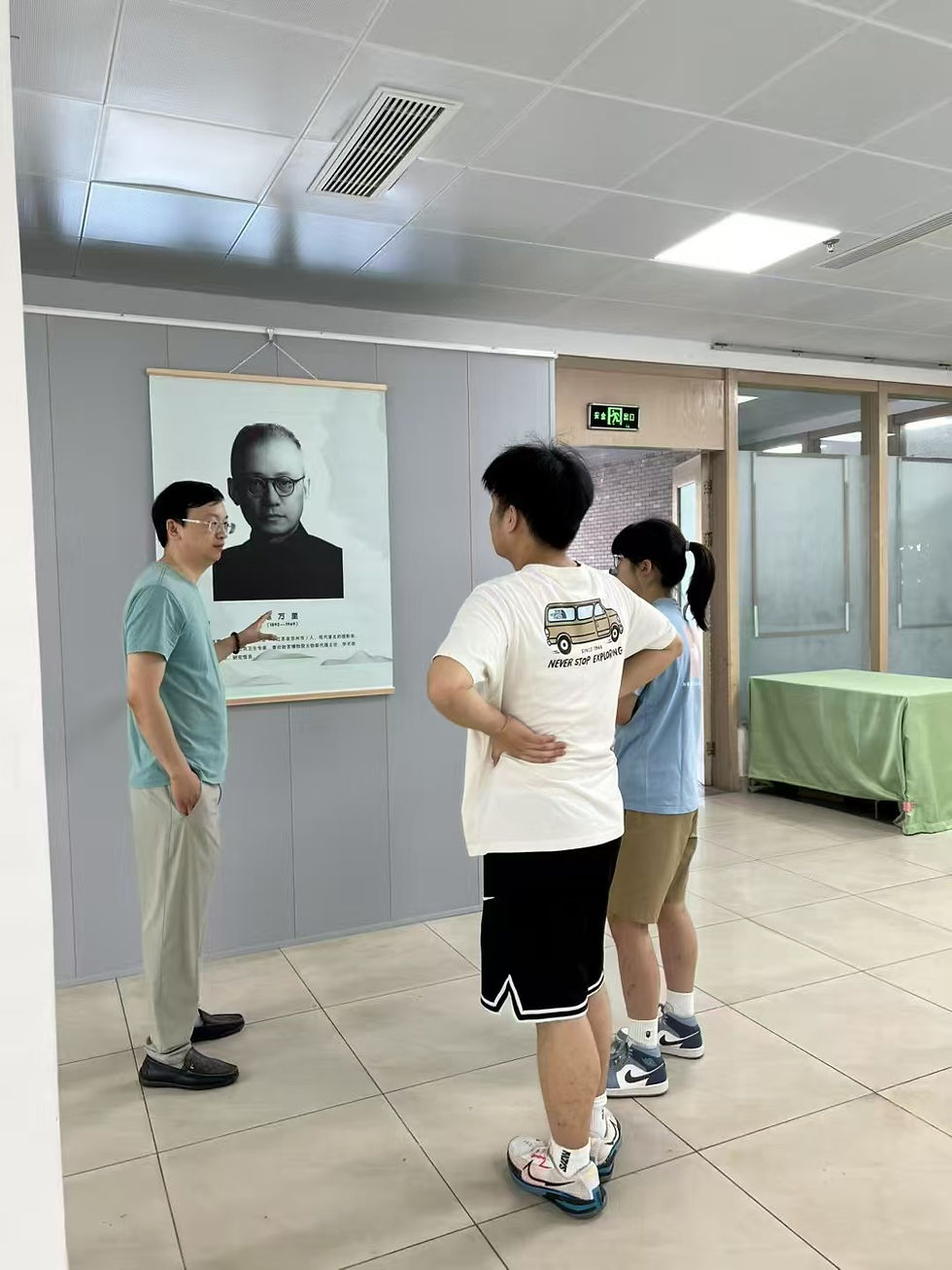

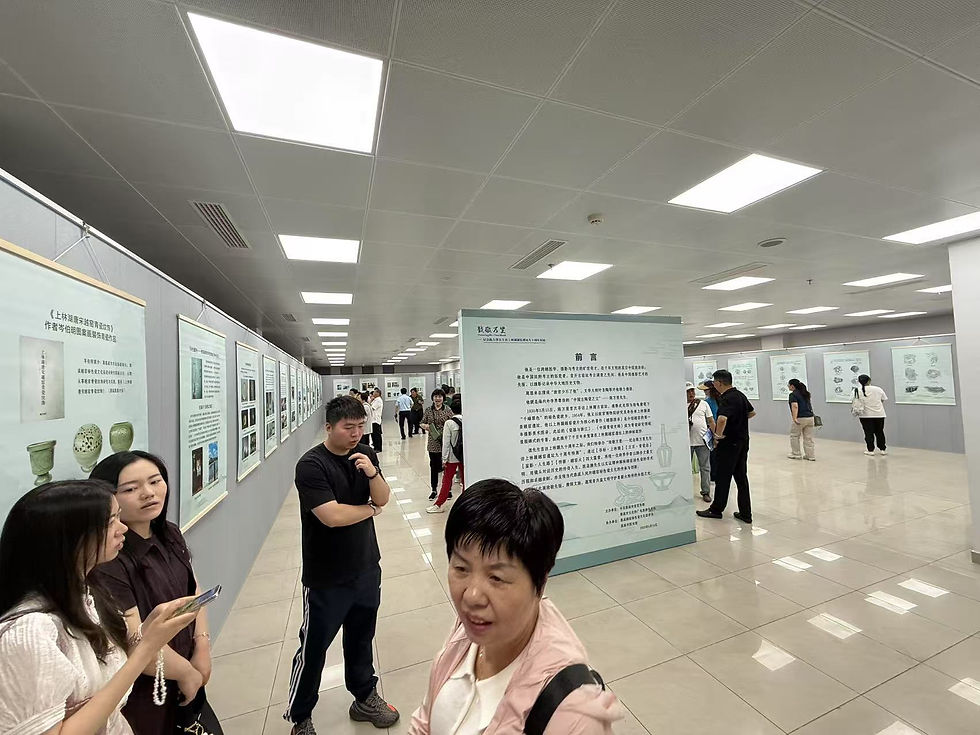


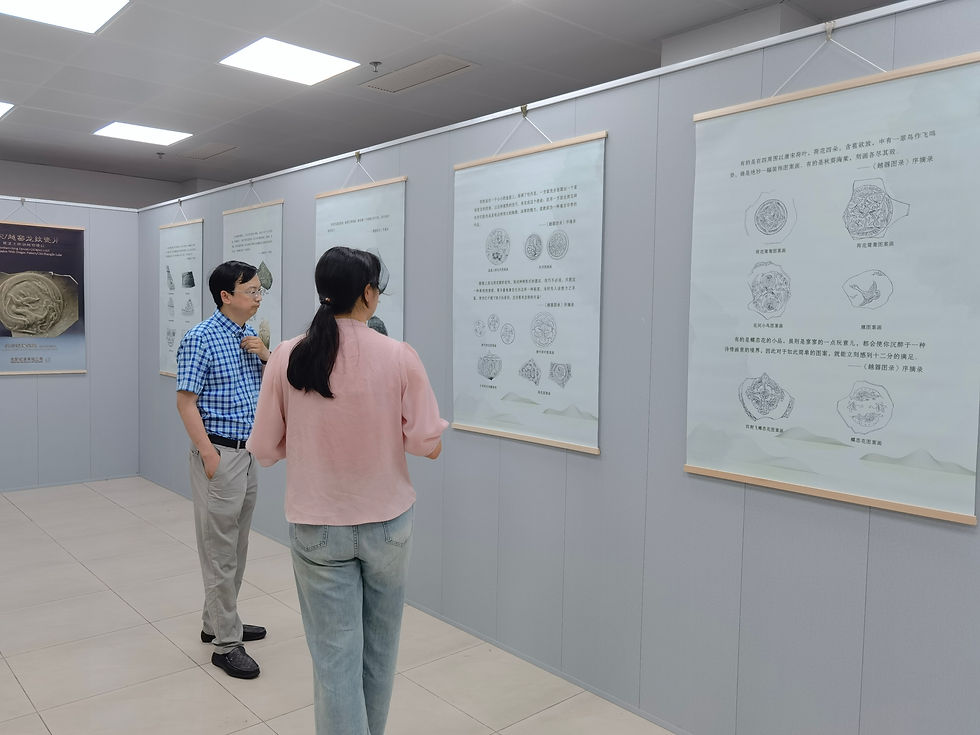
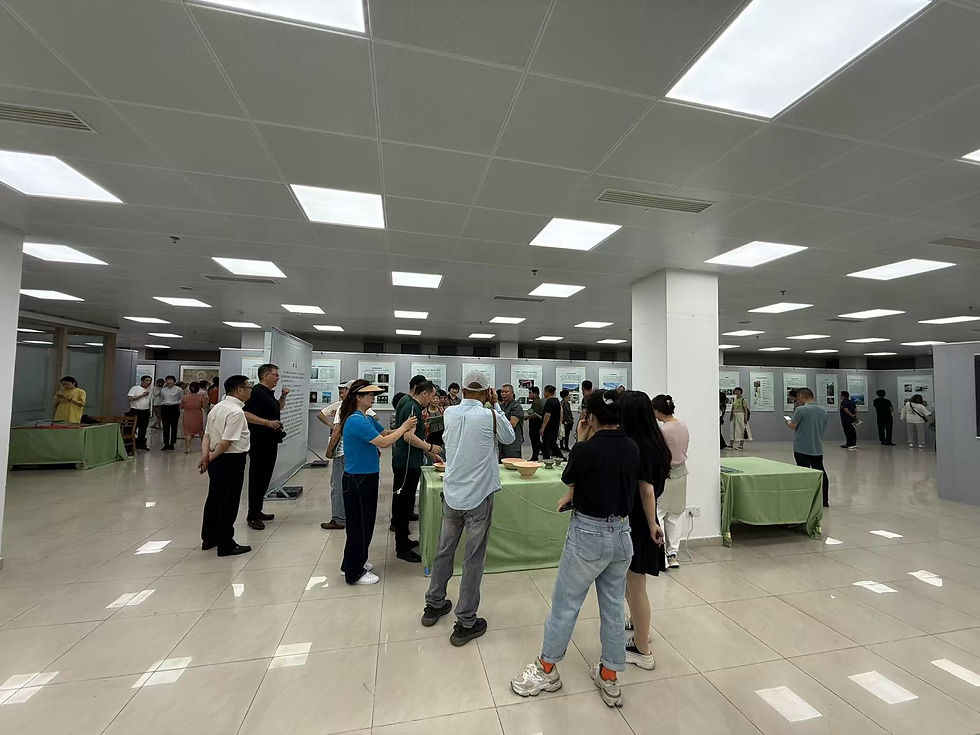

1/1
Chen Wanli Exhibition
Chen Wanli was a renowned modern ceramic archaeologist who once served as the Director of the Antiquities Department of the Palace Museum. The year 2025 will mark the 90th anniversary of his discovery of the Shanglinhu Yue Kiln site. To promote the history behind the discovery of Mi-se porcelain, we participated in organizing a graphic exhibition, which lasted from May 15th to July 2nd, 2025.
Children's Celadon Making Workshop
This workshop aims to teach children the skills to make simple celadons to understand the craftsmanship.









1/1




1/1
Celadon Creative Cultural Products Project
This project aims to educate high school students to understand the manufacturing process of modern celadons as products with profits.
Procedure of Mi-se Porcelain Making
The production of celadon involves several steps: refining the clay, making the base, repairing the base, decorating, and glazing.
Practicing clay: Using porcelain stone as raw material, repeatedly kneading and pressing to form a clay material with uniform texture and strong plasticity.
Billet making: Wheel making method, placing clay balls on a turntable and shaping them by combining centrifugal force with manual drawing;
Trimming: Use iron cutting tools to thin the billet on a rotating bucket, adjust the thickness to 0.2-0.5 millimeters, and eliminate the spiral patterns formed by pulling the billet.
Decoration: Use bamboo knives or iron needles to carve patterns on the body.
Glazing: Small items are quickly glazed using the dipping method, while large items are evenly sprayed using the blowing method.




1/1

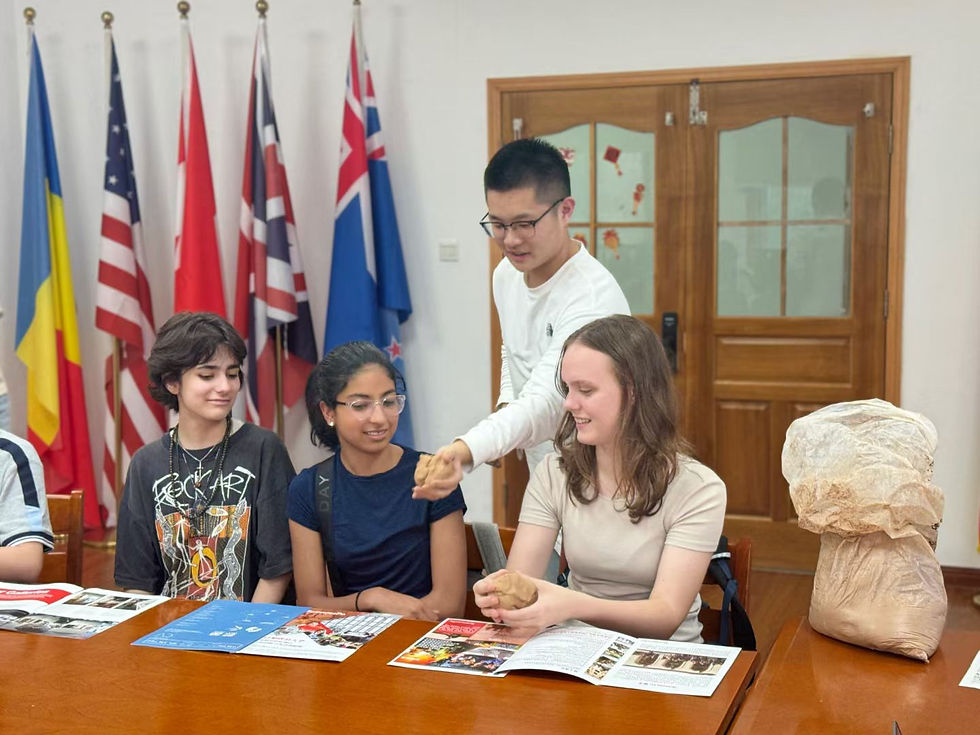
1/1
International Promotion Lecture
Project co-founder Tanjun Sun organized a lecture for international students at his school, Ningbo Foreign Language School, to promote the Mi-se porcelain’s culture by describing the various techniques of porcelain making and its exportation to Asia and the Middle East after the late-Tang dynasty.


1/1
CTB
Co-founder Tanjun Sun and his classmates conducted a research project on the association between various porcelain promotion channels and teenagers’ acceptance of porcelain in the China Think Big competition.



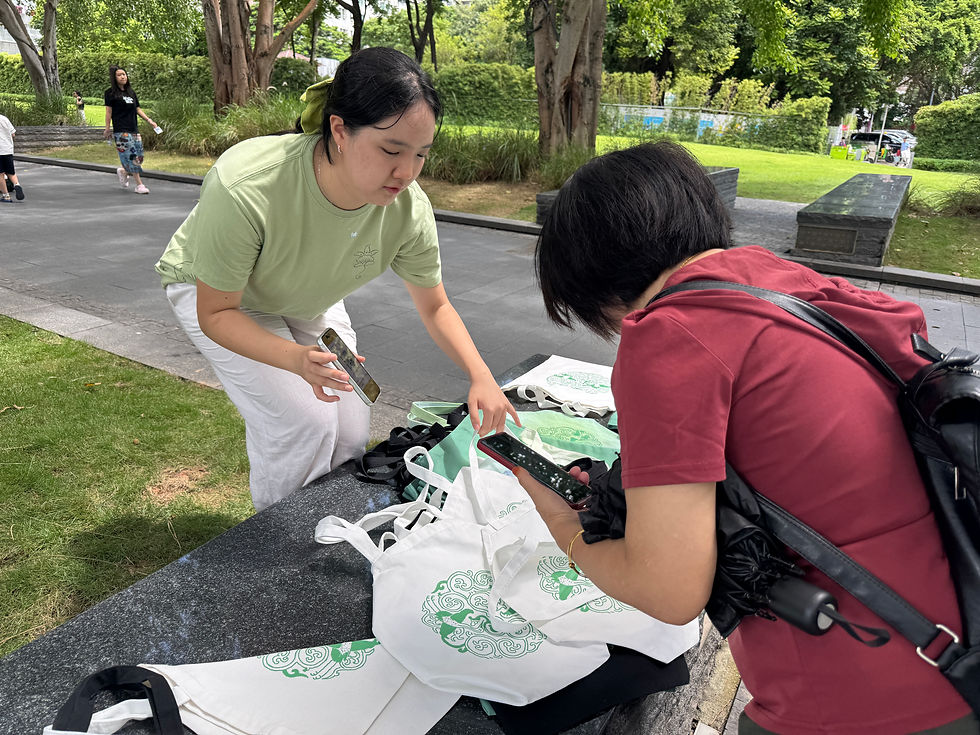


1/1
Eco-friendly bags
This project aims to combine environmental protection with Mi-se porcelain conservation by designing environmentally friendly bags and T-shirts with typical decorations found in Mi-se porcelains. Starting from scratch, our girl team members promote both products online and offline during the weekends. We sold many bags and T-shirts, with profits to sustain our website for more.
bottom of page